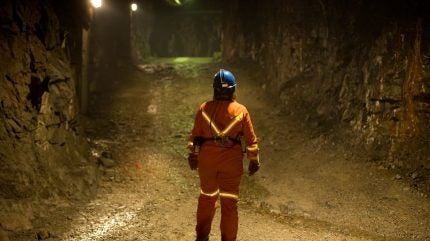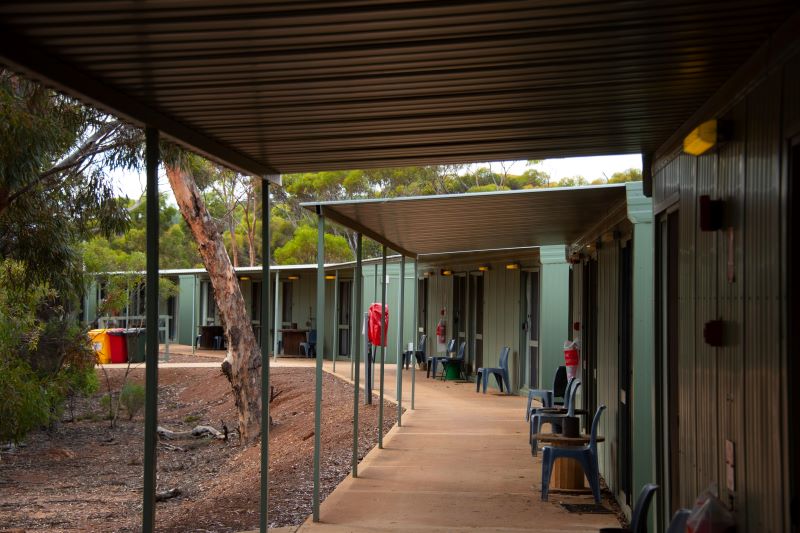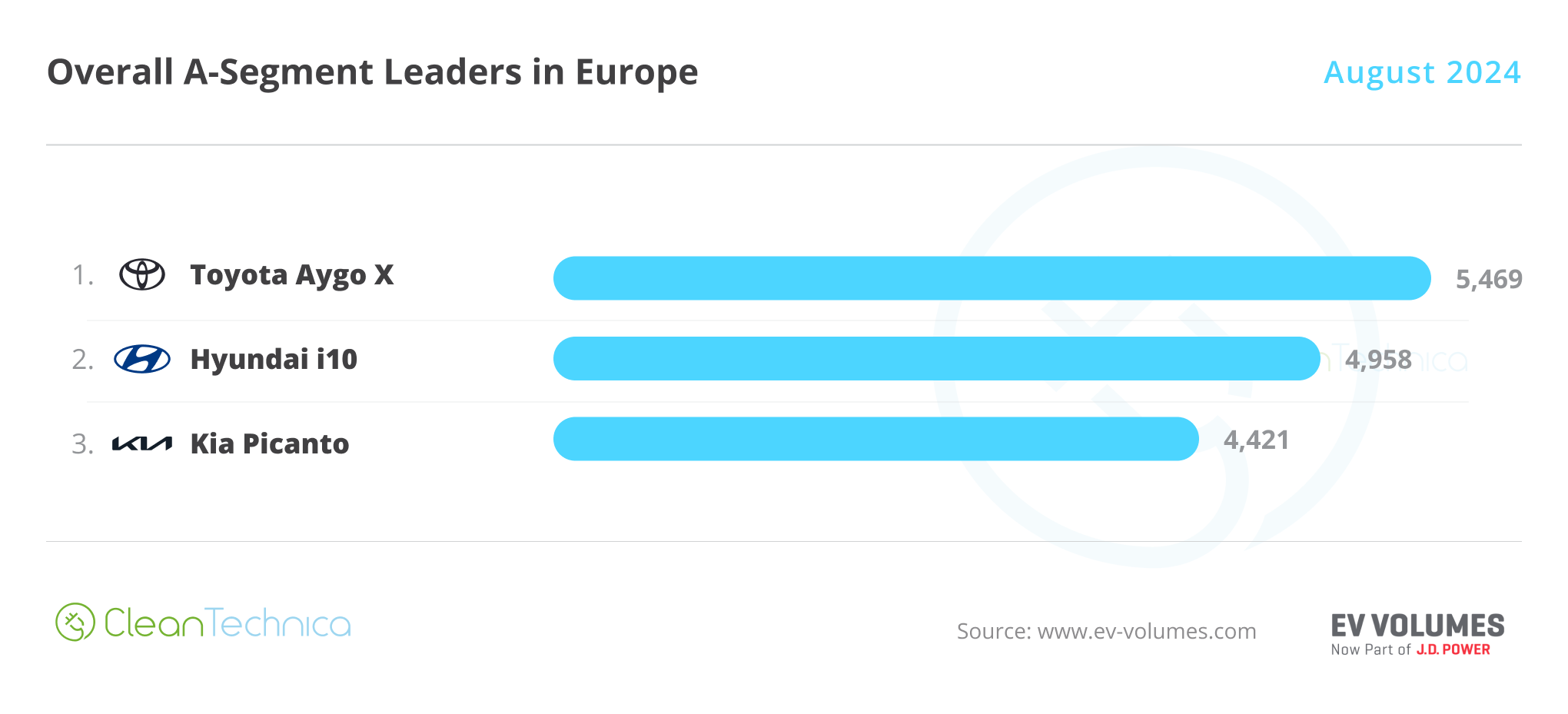
The extent of sexual harassment and bullying toward female FIFO workers in the mining sector was laid bare two years ago when the Western Australian Parliament published its landmark report on the issue, entitled Enough is Enough.
Many of the experiences detailed in the report were shocking: inappropriate touching; sexual requests that resulted in bullying when denied; an assault by a supervisor; unsolicited nude photos; and innuendo. The list was long and damning.
Prior to this, an independent review by Rio Tinto across its mine sites turned up similar findings, with 28% of its female employees having experienced sexual harassment at work, while 21 women reported actual or attempted rape.
These finding were perhaps not that surprising to the industry’s around 14–18% female workforce – and surely not to many of the male employees either – but it was a wake-up call to the sector at large. The reality had been exposed and could no longer be ignored.
Cue a call to arms. The Minister for Women’s Interests, Simone McGurk, at the time said: “the issue of women’s safety has been overlooked by this sector for far too long.” Among other things, PwC’s workplace culture expert Elizabeth Shaw was appointed by the Western Australian Government to lead a regulatory review, which made 24 recommendations. Two years on, do women actually feel safer in the industry?
An improving picture
Speaking to women involved in the sector, the general feeling is that the parliamentary report has been a catalyst for change, with some noticeable improvements in culture and attitudes amid efforts to address its findings – but without doubt there is still a very long way to go.
Access the most comprehensive Company Profiles on the market, powered by GlobalData. Save hours of research. Gain competitive edge.

Your download email will arrive shortly
We are confident about the unique quality of our Company Profiles. However, we want you to make the most beneficial decision for your business, so we offer a free sample that you can download by submitting the below form
By GlobalData
Emma Hitchens is the founder of the FIFO Project, which supports female FIFO workers in Western Australia (WA) with their physical and mental health. She previously lived in a mining town in the Pilbara region. Hitchens says most women she has worked with have on some level experienced negative incidents at work, ranging from comments to overt sexual harassment, that have impacted their mental health. She believes there has been a ‘shift’ of sorts, however.

“Maybe two or three years ago, the conversation would be ‘don’t complain, it is going to put a target on your back’, that kind of thing. I am seeing that less, but I know there are still some girls out there that feel if they complain they are going to be labelled a whinger – there’s still some stigma,” she says.
Hitchens recalls how last year one of her clients experienced sustained online harassment of a sexual nature from a male colleague, that was also targeted at herself and her clients’ friends. When her client complained to management, she was told there was nothing that could be done as the perpetrator was doing it in his personal time.
Laura Benger comes from a deep-rooted mining family; her father, brother and sister-in-law have all worked or currently work in the industry. She herself has worked FIFO at BHP operations in Newman and Kalgoorlie, from which she moved to a corporate role and then to other companies associated with the industry. She also agrees the industry is undergoing a change spurred by the reports.
“Every single company I can think of is making a concerted effort to improve. Great steps are being made. There is more to do, but we have seen strong positive steps forward,” she says.
She adds that many companies have brought in experts to help understand how they can improve the camps and overall workplace safety for women. Some companies have been implementing criminal background checks that weren’t previously required.
“Addressing these issues with confidence is new for some organisations, and with any new initiative, it will take time to gain maturity in how to deal with sexual harassment or assault in a best practice and trauma-informed way,” she explains.
Both reports highlighted how companies typically followed process over people and are led by a hierarchical, male-dominated structure and performance-driven culture that prioritises targets and outputs above anything else. All of which contributed to a hostile culture for women.
Since then, BHP and Rio Tinto, two of the biggest companies in the sector, say they have both made changes to their operations. BHP, which says there were 475 reports of sexual harassment in the 2023 fiscal year, in 2022 established a Project Management Office through the office of the CEO to provide central governance over all sexual harassment work, with focus areas including progress toward gender balance, creating a safe and respectful workplace.
Rio Tinto said it will implement all 28 recommendations set out in its own report – the company was asked for an update on this and when it plans to publish its follow up report as previously stated, but did not reply – as well as upgrading facilities and running specialist training programmes for its leaders.
From overt to covert harassment
In March 2024, the Western Australian Government published the Mental Awareness Respect and Safety (MARS) Program Landmark Study: Insights From The Worker Survey and Interviews. The report surveyed 2,500 workers (34% women) and conducted 60 in-depth interviews.
It found there is still a toxic culture of bullying and sexual harassment, especially for women, within the industry which creates a negative impact on worker mental health and well-being.
Up to 41% of women workers reported experiencing behaviours of sexist and sexual hostility.
It noted the industry had appeared to make progress on weeding out overt forms of sexual harassment, but covert forms such as sexism and misogyny remained high. Up to 41% of women workers reported experiencing behaviours of sexist and sexual hostility, ‘sometimes’, ‘often’ or ‘very often’ within the past 12 months. The most common experience reported was being put down or condescended because of their sex.
“The mining industry seems to be capable of stamping out these overt forms of sexual harassment, but the challenge from now on is how do we change this culture of misogyny and sexism,” says co-author of the report Cheryl Yam, a research fellow at the Centre for Transformative Work Design at Curtin University.
Yam says unwanted touching and attention and sexual coercion are traditionally what people tend to report most and are what people also tend to identify as sexual harassment. The more covert incidents – misogynistic, sexist types of comments – are less typically recognised as sexual harassment, suggesting the workforce could benefit from understanding what constitutes sexual harassment or not.
It is hoped the ongoing public discussion will embolden women to speak up when they encounter such abuse – and this seems to be the case. Shine Lawyers is investigating a potential class action against Rio Tinto from its Australian employees and contractors who were allegedly subjected to sexual discrimination or harassment working on its mine sites.
Yam and her colleagues will publish another report in two years’ time to understand if there have been any shifts on these issues within the workforce. In the meantime, it’s important, she says, to acknowledge it is not just a problem for women, but that sexual harassment happens to men and people of different intersectionalities.
What more needs to be done?
Hitchens believes that today there is increased support for women, but the industry would benefit from more outside assistance.
“While companies are trying to implement different things and get their HR trained in dealing with all of these issues, there’s still so many people that aren’t comfortable going to their company with a problem,” she says.
This rings true. The Shaw report found the majority of sexual harassment and assaults were not reported, yet WorkSafe Mine safety protocols were only enacted if a formal complaint was made. It suggested a more proactive approach should be taken with regular inspections and targeted industry campaigns, among other things.

Yam points out that it is important to offer victims different ways to report incidents, whether it be formal or informal, where the incident is recorded but no action is taken.
“It is most important to support the autonomy of these targeted people and make sure that they are treated with kindness and respect, whichever path they choose to take,” she explains.
Overall, she says the industry needs to think about what kind of resources and policies it can put in place at the team, job and organisation level, as well as the kind of systemic changes that can spur cultural change at all of these levels.
Shaw’s report also recommends more workforce diversity and stronger action for deliberate non-compliance, including penalties.
Most people agree having more women in the workplace would support a culture change, but progress in recruiting women has been slow. WA Minister for Mines, Bill Johnston, has said gender quotas and targets should be more broadly adopted by the mining and resources industry as the evidence suggests they work. However, the MARS report finds both men and women were generally against this and say hiring should be based on merit.
Instigating change
For its part, the WA Government said WorkSafe Mines Safety has, among other things, established a specialist team that investigates psychosocial incidents (including sexual harassment and assault reports) within the mining industry; developed an online Sexual Harassment Evaluation Tool – SafetyLine Hub; and launched the Respect in Mining pilot programme to develop cultural change.
Overall, it is clear that preventing sexual assault and harassment are now seen as a priority for the mining industry, but that new skills and capabilities are required. However, it must also be acknowledged that these issues are part of a wider hostile culture in mining; 50% of all workers in Rio Tinto’s analysis reported being bullied. Furthermore, in regard to women, it is not just an industry problem but a wider cultural one. In Western Australia, officers respond to one family and domestic violence incident every 20 minutes, according to the Australian Bureau of Statistics.
This isn’t something that can be fixed quickly. Culture especially, says Yam, is a really tough nut to crack. “It really needs multiple stakeholders and sometimes years to really start seeing change take hold, but I do believe [in mining]; on the whole, we are moving towards an environment that is more equitable and less tolerant of misogyny and sexism.”




